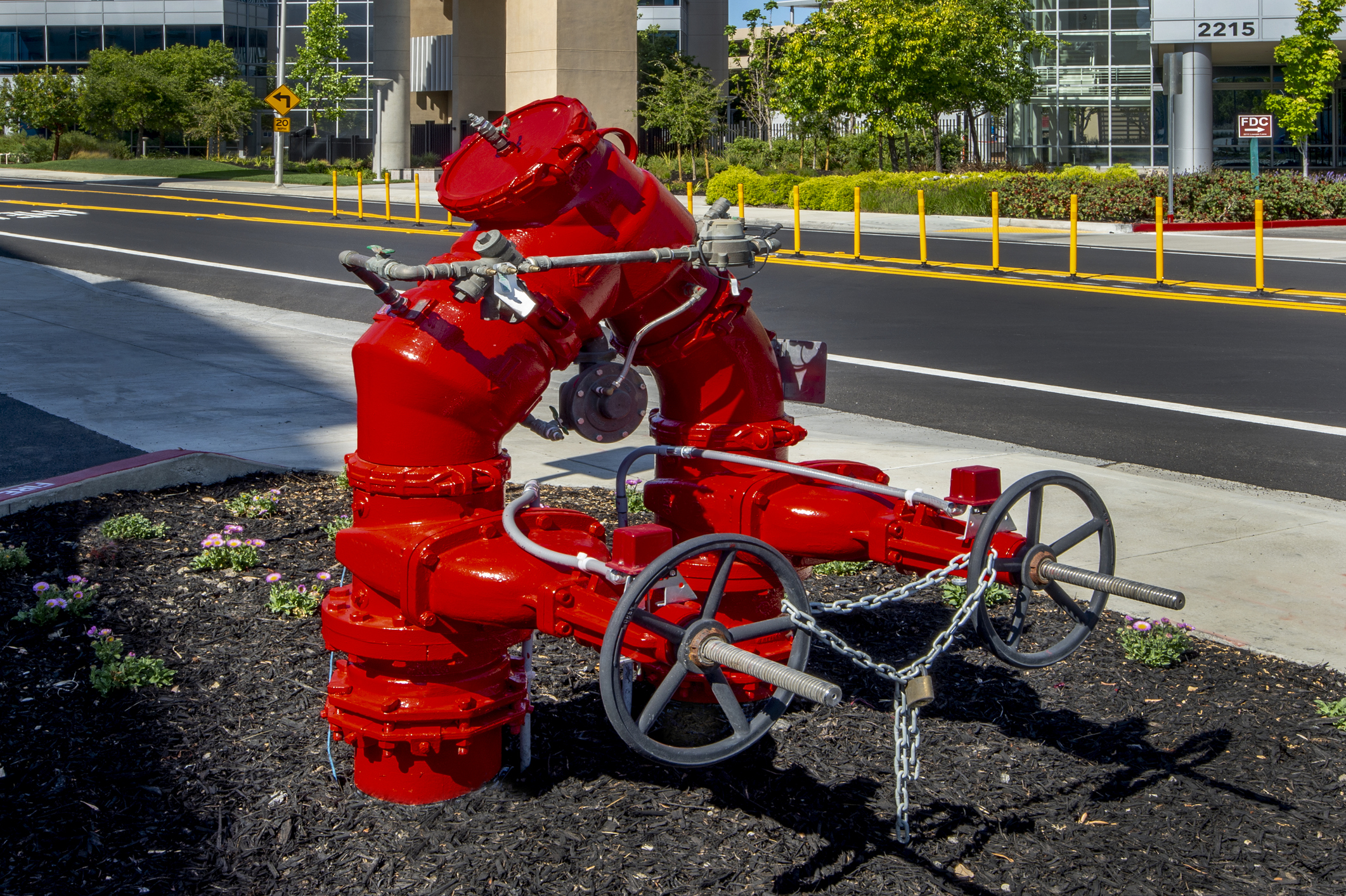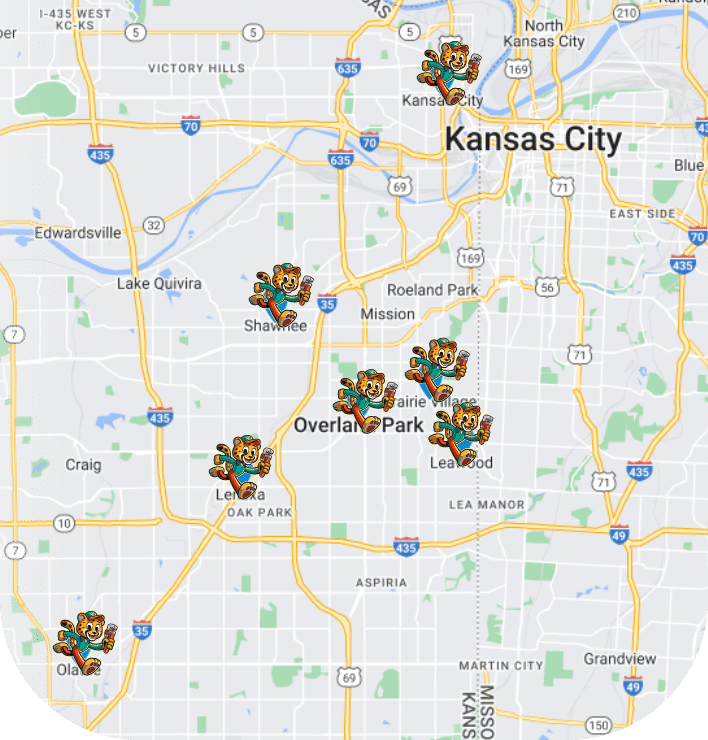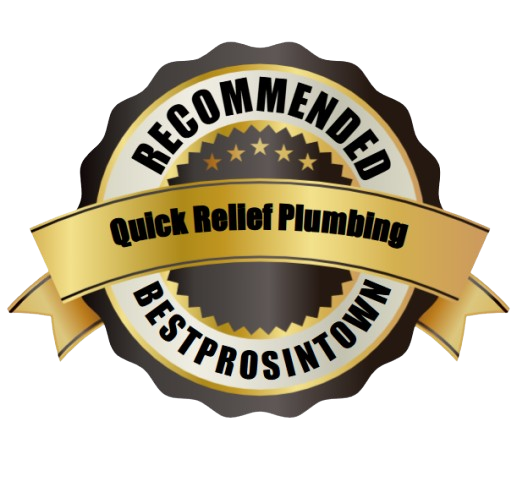Installing a backflow prevention system is crucial for maintaining the safety and integrity of your plumbing system. Whether you’re installing a backflow preventer for your home or commercial property, proper preparation and understanding of the installation process are essential. In this guide, we’ll walk you through what to expect during the installation process and provide tips on how to prepare effectively.
1. Understanding Backflow Prevention:
Before diving into the installation process, it’s essential to understand what backflow is and why it’s necessary to prevent it. Backflow occurs when impure water flows backward into the clean water supply, resulting in health risks. A backflow prevention device is a mechanical device designed to prevent this occurrence and ensure the safety of your water supply.
2. Assessing Your Property’s Needs:
The first step in preparing for the installation is to assess your property’s specific requirements. Consider factors such as the type of water supply system you have, the water pressure, and any existing plumbing configurations. This assessment will help determine the type and size of the device needed for your property.
3. Obtaining Necessary Permits:
In many jurisdictions, installing the device requires obtaining permits from the local authorities. Check with your municipality or water utility to determine the specific requirements and obtain the necessary permits before proceeding with the installation. Failure to obtain permits can result in fines and delays in the installation process.
4. Hiring a Qualified Installer:
While some homeowners may attempt to install it themselves, it’s generally recommended that they hire a qualified professional for the job. Look for licensed plumbers or backflow prevention specialists with experience installing and servicing these devices. Hiring a qualified installer ensures that the preventer is installed correctly and meets all local codes and regulations.
5. Preparing the Installation Site:
Before the installation process begins, ensure that the designated site is clear and accessible to the installer. Remove any obstacles or debris that may hinder the installation process. Additionally, consider any landscaping or property features that may need to be temporarily relocated to accommodate the installation.
6. Installation Process:
During the installation process, the qualified installer will first shut off the water supply to your property and drain any remaining water from the plumbing system. They will then locate the appropriate location for the preventer and install it according to the manufacturer’s instructions and local codes. Once installed, the preventer will be tested to ensure proper functionality.
7. Post-Installation Testing and Inspection:
After the preventer is installed, it will need to undergo testing and inspection to ensure that it is functioning correctly. This may involve conducting pressure tests, flow tests, and visual inspections to verify that there are no leaks or defects. Once the preventer passes the inspection, it can be put into service to protect your water supply.
8. Maintenance and Compliance:
Regular maintenance is essential for ensuring the continued effectiveness of the device. Schedule annual inspections and testing by a qualified professional to identify any issues and make any necessary repairs or adjustments. Additionally, be sure to keep accurate records of inspections and maintenance to demonstrate compliance with local regulations.
Installing a backflow preventer is a critical step in safeguarding your water supply against contamination. By understanding what to expect during the installation process and properly preparing for it, you can ensure a smooth and successful installation. Remember to work with qualified professionals, obtain necessary permits, and prioritize ongoing maintenance to keep them in optimal condition.
Ready to install a backflow preventer for your property? Contact us at Quick Relief Plumbing at (913) 207-0779 today to schedule a consultation with our team of experienced professionals. Protect your water supply and ensure compliance with local regulations with our expert installation services.









